
Blog
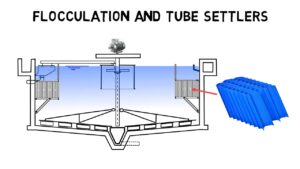
Clarifier basics: How do clarifiers work I Clarifier design
Throughout history, sedimentation has served as a tried and true method for wastewater treatment. Gravity forces contaminants to settle downward in the surrounding liquid whereas clarified

Tube settler I Plate settler maintenance – Best cleaning I clogging methods
Tube settlers which are also known as plate settlers or lamella clarifiers are used in drinking- and wastewater treatment plants to settle out suspended solids. Depending

Film fill plastic media and attached biofilm growth I Wastewater treatment
Biological processes in wastewater treatment can be classified into two main categories: suspended growth and attached growth/ biofilm processes. In suspended growth processes the microorganisms responsible

How does denitrification work and simultaneous nitrification/denitrification?
In Wastewater treatment denitrification describes the final step of the conversion from ammonium NH4+ to Nitrogen gas N2. After ammonium is oxidized by microorganisms in a
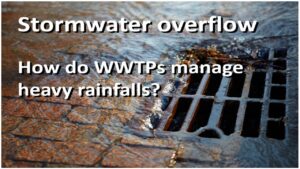
Stormwater overflow – How do WWTPs manage heavy rainfalls?
The design capacity of wastewater treatment plants is usually based on the connected industries and population equivalent. For example, in Germany the population equivalent per one

Trickling filter design guideline – How do trickling filters work?
Trickling filters are biological reactors within wastewater treatment plants which are used to remove organic matter and/or ammonia from wastewater. Compared to the activated sludge process
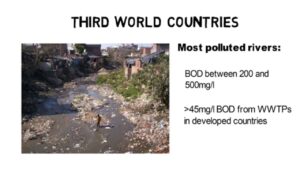
Water quality – Wastewater treatment standards in different countries
In most developed countries, standards for wastewater treatment are continuously improving. Compared to the 1970s the effluent requirements for the most important pollutant indicators BOD, Nitrates

TKN tutorial – What is the difference of ammonia and ammonium
Johan Kjeldahl developed in 1883 a method for the quantitative determination of nitrogen contained in organic substances and inorganic substances – ammonia NH3 and ammonium NH4+.
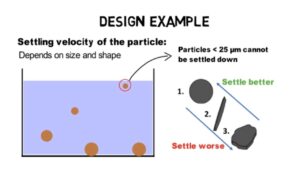
How do tube settler work – plate settler, lamella clarifier tutorial
Tube settlers which are also known as plate settlers or lamella clarifiers are used to increase settling performance within a sedimentation basin. Tube settlers consist of
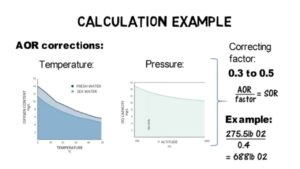
Oxygen transfer rate in Wastewater treatment – calculation example
Before we can calculate the oxygen transfer rate, we have to determine our oxygen demand. Depending on the wastewater treatment target different factors must be considered
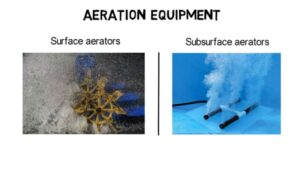
Surface aerators and submersible aeration equipment for wastewater treatment
The activated sludge process requires certain types of microorganisms to break down organic matter in wastewater. As any other living organism, the microorganisms need energy to
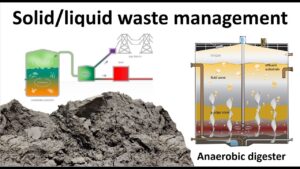
Solid liquid waste management – Waste sludge handling
Municipal and industrial wastewater undergoes various treatment steps in WWTPs before it is released back into rivers and other waterways. In secondary clarifiers most sludge is

Tube settler self-assembly kit – easy assembly on site
All tube settler module designs for particle separation have one thing in common: Assembled blocks consist to more than 90% of air. Therefore, depending on the
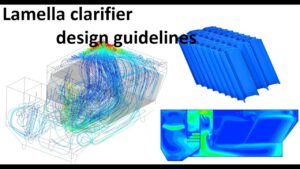
Lamella clarifier guideline – tube settler design and CFD simulation (Video animation)
Apart from the selection of the right lamella clarifier module the design of lamella clarifier tanks requires several design considerations. More details on the selection of
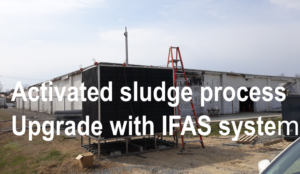
Activated sludge process – Upgrade with IFAS
After explaining how the activated sludge process works in part 1 we are now taking a closer look on how to increase the wastewater treatment capacity

Activated sludge process and IFAS – Design rules + guideline
Activated sludge is worldwide the most used suspended growth process in wastewater treatment. The treatment process can include different steps, but most commonly are: Screening
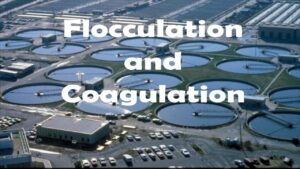
Flocculation and coagulation – How to form particle flocs and settle them down
Flocculation and coagulation are fundamental for wastewater treatment and were already used by the ancient Egyptians in 1,300 BC. This sample of muddy looking water from

History of wastewater treatment – from Hippocratic sleeve to activated sludge
Nowadays wastewater treatment plants are large, complex facilities that use multiple technologies to remove up to 99% of all pollutants in wastewater. Our standards for clean

How to get rid of pond algae bloom – Understanding reasons for algae blooms
A pond can be a beautiful and ornamental addition to a garden or home, but it might lose some of its charm if the water is
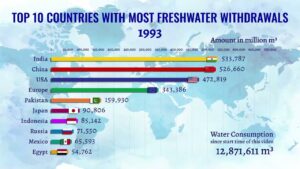
Top 10 country comparison – freshwater withdrawal consumption
Thanks to the FAO – Food and agriculture organization of the United Nations – for providing us the data for our newest video animation. http://www.fao.org/nr/water/aquastat/… Fresh
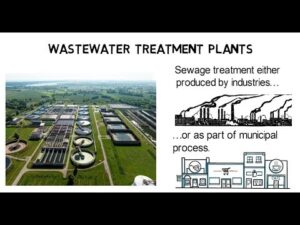
Wastewater treatment process description
Wastewater Treatment Plant Wastewater treatment plant (WWTP) are facilities created to remove contaminants from effluents. These facilities can be found in industrial plants, treating the industrial
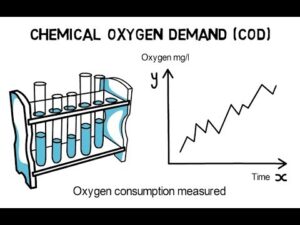
COD (Chemical Oxygen Demand) – Indicator for water pollution
Chemical Oxygen Demand, also known as COD, accounts for the amount of oxygen consumed in a solution by chemical reactions in order to consume organic contaminants

Trickling filter process – Advantages in comparison to activated sludge
Trickling filters, also known as bio filters, are normally a fixed-bed, biological reactor operating in aerobic conditions. In the filter, microorganisms are attached to the inter
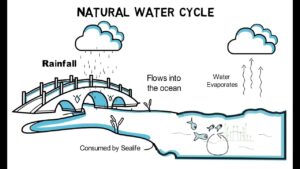
Drinking water cycle – How many people consumed my tap water before me?
Drinking water is part of a continuous recirculation process and the two basic water sources are surface water and groundwater. Surface water is every water source

3 signs of an unhealthy lagoon – wastewater treatment
Wastewater treatment lagoons are wide spread in the US with more than 6,000 plants in use. Especially in areas with a low population density, lagoons are
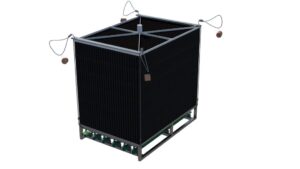
MBR, MBBR and FBBR – Comparison of wastewater treatment technologies (PART 2)
The comparison of the three systems show different advantages and disadvantages for industrial wastewater applications: 1. Effluent water quality: MBRs show in general a slightly better
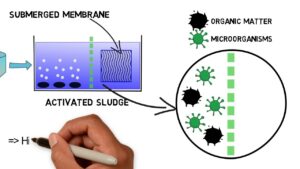
MBR, MBBR and FBBR – Comparison of wastewater treatment technologies (PART 1)
MBR, MBBR and FBR are widely used technologies in wastewater treatment especially for industrial applications with a high BOD loading such as food and beverages, dairy,

Fixed bed bio reactor (FBBR) – Poultry processing plant
Situation: The Hurlock, MD poultry plant processes about 300,000 chickens per day which equals a total flow of 1.3MGD (4 gallons per bird). The existing process
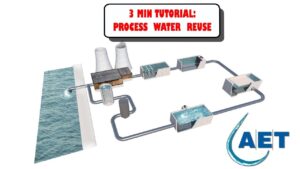
Drinking water from surface water
With decreasing groundwater reservoirs, alternative resources for drinking water become more and more important. Already today a tremendous amount of our tap water comes from surface

Beneficial Biofilm Bacteria in waste water treatment
Most people relate Biofilm bacteria as something nasty and harmful. This is understandable as we normally come across Biofilm bacteria attached to shower heads, pipes, kitchen

Sedimentation and lamella clarifiers
Particles in water and waste water accelerate towards the tank bottom as long as the gravity force is bigger than the sum of all drag forces.

